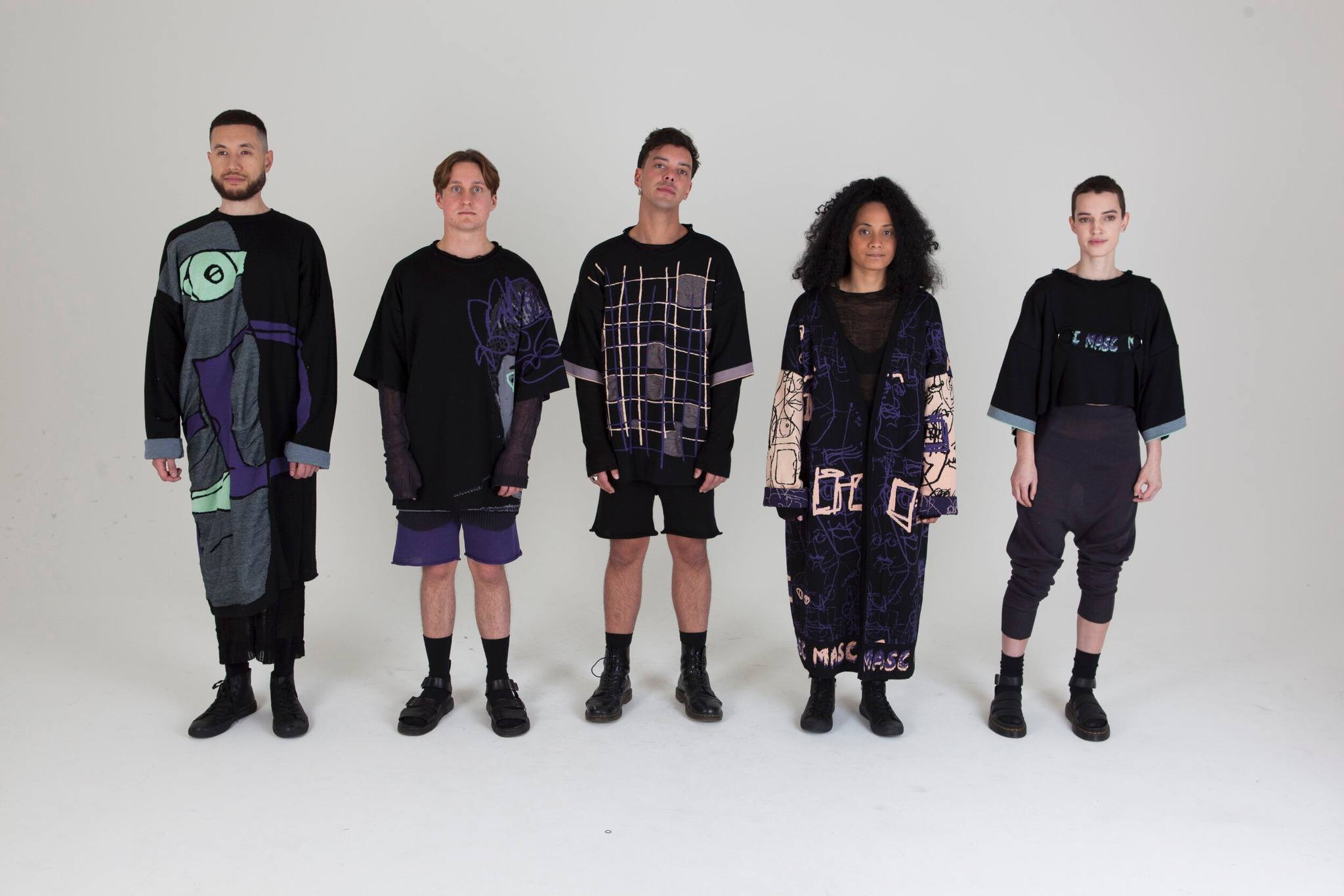Wool is cool — literally.
Just ask Dan Collings, winner of the Campaign for Wool natural luxury with wool award at the recent iD Dunedin Fashion Show.
He had ventured south to Dunedin for the first time, and the southern city was a long way from his home on Auckland’s buzzy Karangahape Rd.
That was also a far cry from the sheep farms throughout rural New Zealand where the raw materials for his prize-winning designs derived from.
But Mr Collings, who moved to New Zealand from the United Kingdom 13 years ago and has a degree in textile design, said he loved working with the fibre.
He also “absolutely fell in love” with knitting while doing a paper on it, and knitted throughout his degree and masters studies.
On his first trip to the South Island, Mr Collings said it was a thrill to be showing at iD, which he described as an amazing event, and to get the recognition for his work was a “lovely surprise”.
As well as all the natural benefits of wool, including its thermal regulating properties, there was also the ability to tell stories with his designs. He would love one day to have his own knitwear brand.
Campaign for Wool New Zealand general manager advocacy Tom O’Sullivan believed the prospects for the New Zealand wool industry were “huge” — despite the beleaguered state of the strong wool sector.
It had suffered from a lack of direction, leadership and innovation over decades — coupled with massive investment by petro-chemical industries and synthetics , he said.
For decades, consumers had been “obsessed with plastics”, until the damage plastic was doing to the environment was realised.
So the opportunity for wool was “massive”, but one of the issues was that farmers were getting out of sheep — either selling for pine trees or moving to self-shedding breeds that did not require shearing — due to the poor returns.
Mr O’Sullivan said the past could not be changed and Campaign for Wool was focused on the future and driving the message around wool being natural, sustainable, biodegradable and environmentally friendly.
Using wool, rather than synthetic alternatives, was better for the environment and the future of the planet.
The amount of inquiries from businesses and also younger people, wanting to know more about wool and asking questions about how to use it to make products, boded well for the future, he said.
“It’s a super-fibre and the prospects are huge,” he said.
About 85% of New Zealand’s wool clip was strong wool, and that had been largely used for carpets. Now it needed to get into many more spaces through innovation, he said.
There was a massive opportunity in the built environment, such as residential homes and commercial office space.
He was delighted with the success of Davaar and Co, the Te Anau-based woollen jersey business of Kate Macdonald. It was a great example of telling the story of wool and commanding a premium, using strong wool to create jerseys.
Campaign for Wool was doing a revamp of its popular Wool in Schools education initiative and he was also excited about that.
Read the full article in the Otago Daily Times “Rural Life” HERE
